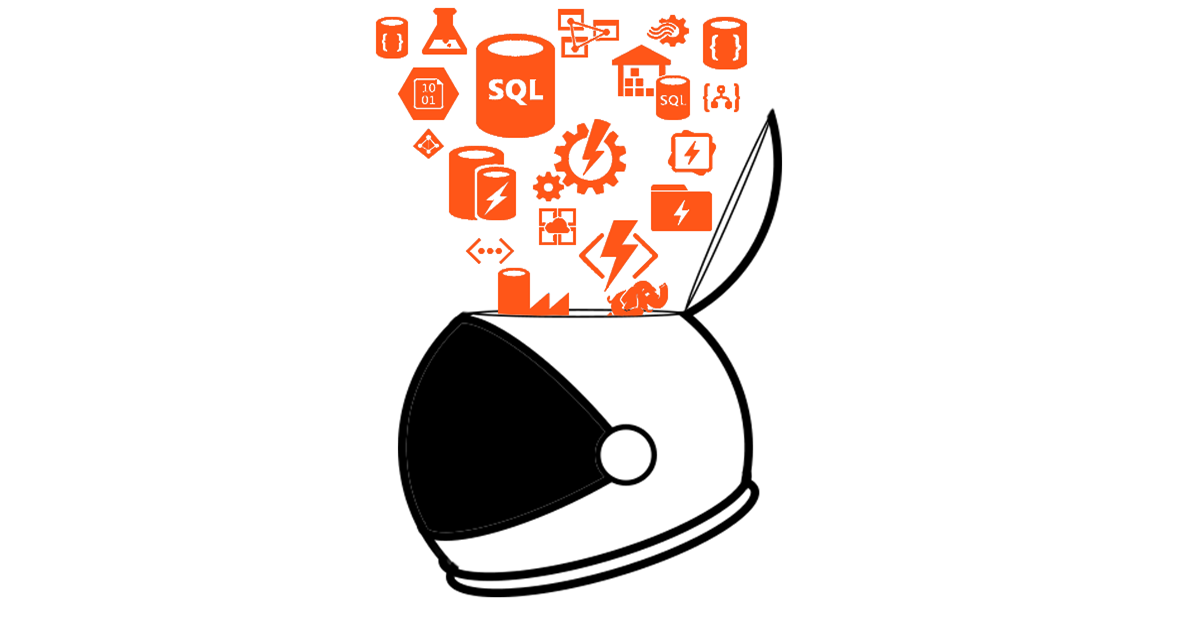How to get into Business Intelligence and AI?
Recently, several of my friends, who are analysts, asked: what programming language to learn to be competitive on the jobmarket? What to do to become a programmer? How to live?
My answer? Start by learning tools that are now popular and used by a lot of people. For friends, who are analysts and know Excel, the easiest tool to learn is Power BI. In my opinion, it is a powerful tool that really changes, how a company works. I train analysts on a daily basis and I see that the tool makes their jobs so much easier for them. I know some examples of “bottom-up implementations”, where one of the analysts installed Power BI Desktop and created a report that helped the whole department with an analysis. If you are not a fan of Microsoft’s technology, you can also check Tableau and QuikView.
The Power BI skills will allow you to automate your existing work, for example by connecting to 100 Excel files at the same time or allowing you to get to a higher level of data exploration through interactive visualizations.
Information: Most of the links come from Microsoft’s Data Science program. I finished it myself and it let me break out of the world of Excel – I recommend it. In addition, I work mainly on Microsoft’s technology and Azure, so I know what to recommend and where to direct. I do not know Google and AWS, but I will add links if I get them.
To learn Power BI and advanced Excel, I recommend:
After completing these courses you already have basic knowledge that you can use at work. To learn further, try to help people on the Power BI forum or solve problems alone and compare them with available solutions. I am active in this forum and I can confirm that you can learn a lot by solving problems on the forum. What is left after this, is learning M (Power Query) and DAX. It is worth noting that the ability to model data in Power BI practically means the ability to model data in Analysis Services. Analysis Services is an analytical in-memory engine from Microsoft that allows you to aggregate and recalculate huge data sets in a very short time.
After learning Power BI, the next stage is learning relational databases – it is about both theory and the SQL language. These are important basics, because knowledge about relationships, stored procedures, etc. is necessary. Naturally, after a while, you can go to the Big Data world, but knowledge of SQL will be useful anyway. An example here can be HiveQL.
Courses:
If you already have the knowledge and several projects (do them at home after hours), then you can easily apply for a junior position in Business Intelligence. Sample offers:
At this stage, you can start to learn other things. However, you can also skip Power BI / Excel and start here.
When it comes to programming languages, I recommend Python. It is in my opinion easy to learn thanks to its syntax and often used in data analysis (along with R), Machine Learning or working with public clouds. R has its limitations and is not as versatile as Python in my opinion.
Courses:
Python basics in data analytics
Knowing Python, Machine Learning and possibly relational databases, can land you a job as a junior Data Scientist. You can also develop further towards AI. The increasing popularity of public clouds means that AI developers do not need to (but should) be familiar with the mathematical details of deep neural networks. They can, however, use pretrained networks as an API and modify them for their needs. This enables efficient creation of solutions that recognize image, video or speech. An example of my AI solution on Azure is recognizing human figures.
Microsoft has released an entire program, which talks about AI, as well as creating solutions on their Azure cloud platform. Google also has many modules on its cloud platform that allow you to build AI solutions without deep technical knowledge. If you want to learn how to create all these algorithms from scratch, I encourage you to rewrite the very popular Andrew Ng course and the Machine Learning CS 156 lecture. Next, Deep Learning (also by Andrew Ng) and other materials from this guy.
If you do not aim for AI, but you want to stay in the data world, I can definitely recommend everything related to public cloud solutions. Whether IT world wants it or not, many companies migrate their environment to the cloud and there is a huge demand for specialists. The main clouds that count on the market are Azure, AWS and GCP. There are a lot of courses and materials, so it’s worth getting interested.
I hope that these materials will allow you to start a career in IT 🙂
